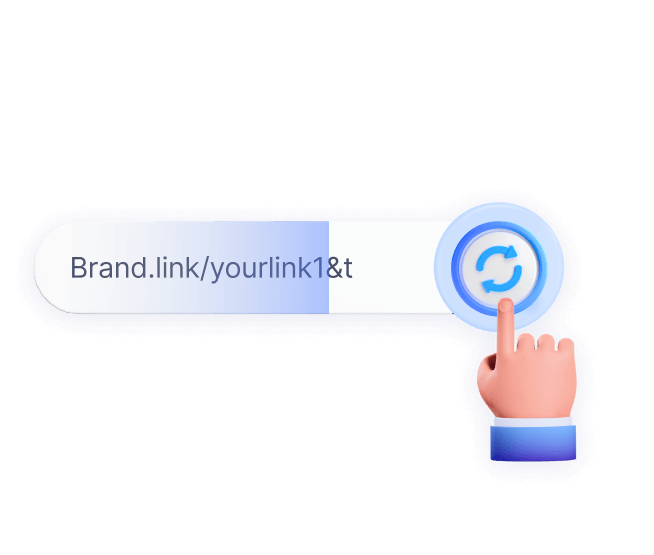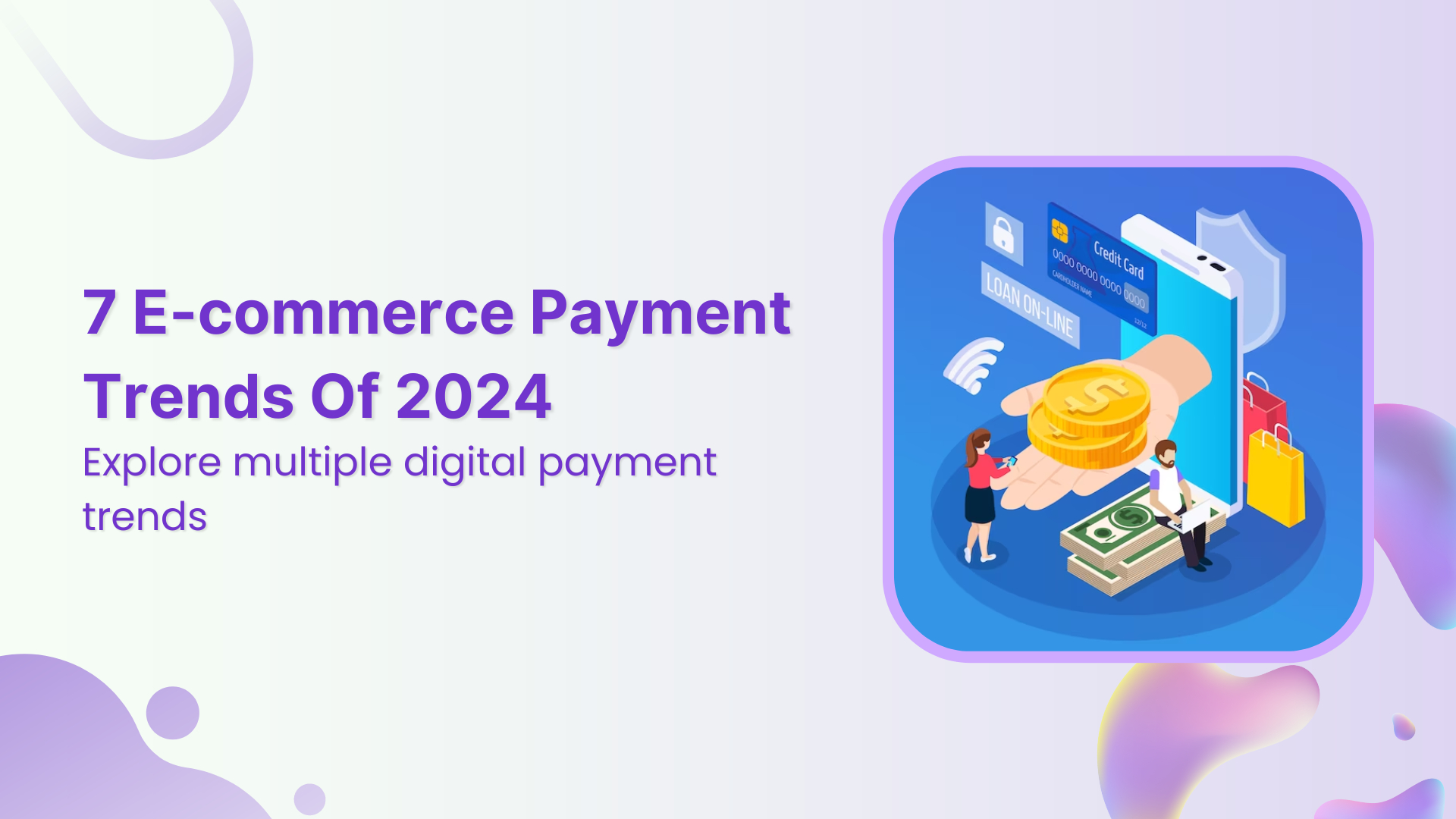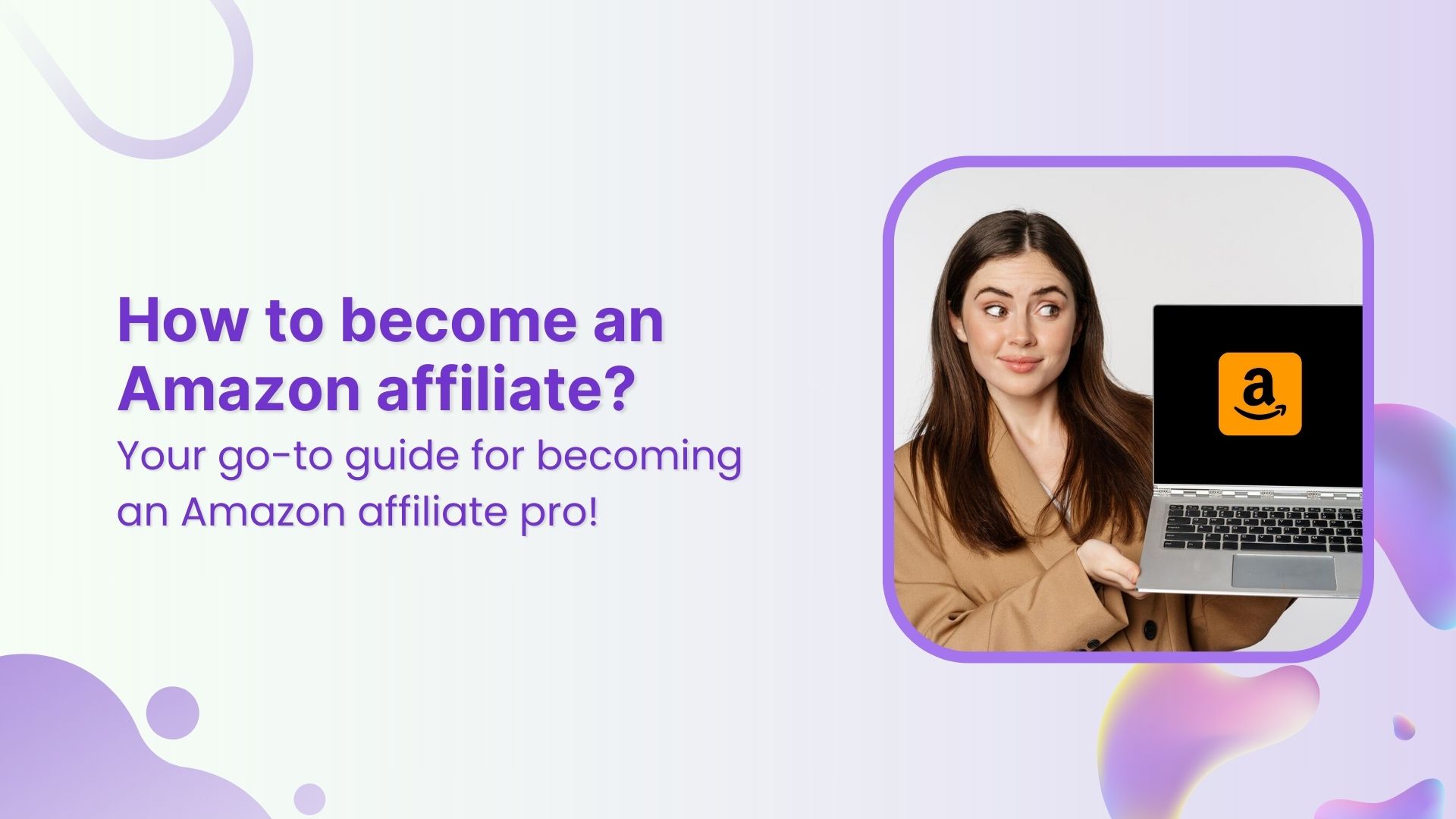Forget cash, ditch the plastic! Pay online for all your online purchases with easier and more secure e-commerce payment trends. From speedy QR code payments to secure biometric authentication, get ready for a future where paying online is smoother than ever. So, grab your phone, settle in, and let’s explore the future of online shopping!
What do you mean by e-commerce payment trends?
“E-commerce payment trends” refer to the changing patterns and preferences in online transactions, showcasing specific payment methods and technologies in the e-commerce industry.
Here are some of the most common questions e-commerce experts ask:
How can I boost my e-commerce sales?
There are multiple features and strategies brands can utilize to boost their e-commerce sales. Some of the most effective ones include branded short links for your brand, bio-link landing pages, deep links, adding retargeting pixels to your links, creating custom call-to-actions as per your brand, link-routing, personalized QR codes, A/B testing pages, etc. Let’s see how each of these features can benefit your brand.
- Bio-links: Create a central hub for multiple links, making it simple for customers to navigate.
- Retargeting pixels: These are handy for re-engaging interested customers who didn’t make a purchase.
- Deep links: Send app users directly to the most relevant content.
- Custom CTAs: Motivate clicks with clear and branded calls to action.
- Link routing: Split traffic and optimize campaigns for better results.
- Personalized QR codes: Track scans and create a branded offline marketing experience.
- A/B testing pages: Discover which website variations convert better.
These methods enhance visibility, engage users, and boost e-commerce sales when used strategically.
How can I track my e-commerce sales?
Just like integrating advanced payment methods in your e-commerce business, tracking your e-commerce sales is also necessary. But the question is how: well you can use management tools like Replug, ContentStudio, Usermaven, etc to do so.
Let us break down the process for you.
- The first one you need is a link management tool that will help you track the exact stats of your link campaigns such as bio-link campaigns, branded short link campaigns, or how many of your intended audience members have successfully converted through that particular call-to-action (CTA) and more stats like that.
- Secondly, if you want a strong social presence, you need a social media management tool that allows you to plan, create, and schedule eye-catching posts to be published to the right channels at the right time.
- The next in line is the analytics platform which is indeed very necessary for your e-commerce website as it helps you track in-depth customer journeys, keep an eye on page views, bounce rate, total visitors, etc. See which channel brought in the most audience and where they dropped off. Get engagement metrics like DAU, WAU, MAU, DAU/MAU, and WAU/MAU. Also, get accurate stats with adblocker bypassing cookie-less tracking and much more.
- Explore advanced tools often used in e-commerce for performance insights. Like tracking online sales metrics with analytics platforms, understanding financial statements through P&L report analysis can critically assess your business’s profitability and liquidity.
Shorten your links, amplify your brand.
Create shareable, trackable and fully customizable branded urls. Get more clicks with absolute link management features such as Bio Links, retargeting, deep Links, CTA’s and more.
Learn More!
Top 7 e-commerce payment trends of 2024
- Account-to-account (A2A) payments
A2A payments, also known as direct bank transfers, are experiencing significant growth, particularly in regions like Europe and America. This e-commerce payment trend eliminates the need for card networks and digital wallets, offering several advantages for both merchants and consumers:
- Reduced fees: A2A transactions typically incur lower processing fees compared to traditional card payments, offering cost-saving benefits for merchants.
- Faster settlements: Funds are transferred directly between bank accounts, leading to faster settlement times, and allowing merchants quicker access to their revenue.
- Strong security: A2A payments often leverage multi-factor authentication, a key feature enabled by advancements in mobile banking application development, providing increased security for consumers concerned about data breaches
Moreover, VRPs offer greater convenience and flexibility for customers, enabling them to pay for subscription services or utility bills based on their actual usage patterns.With SAP BRIM, businesses manage these payment models efficiently while ensuring accurate billing and revenue recognition. To further enhance these capabilities, integrating banking IT services can streamline financial operations and improve transaction security, aligning seamlessly with the digital transformation goals of modern businesses. The rise of AI in retail banking can further optimize these payment systems by providing smarter, more personalized services to both customers and merchants.
Also read: Effective Risk Management Strategies to Manage Social Media Risks
- Embedded finance
Embedded finance is the ideal integration of financial services like payments, bridging loans, and insurance directly into the customer experience within a merchant’s platform. This innovative trend is transforming e-commerce by offering:
- Frictionless checkout: Embedded finance removes the need for customers to switch between websites or apps to complete their purchases. This streamlined checkout process reduces cart abandonment and potentially increases conversion rates for merchants.
- Personalized financial offerings: Embedded finance solutions allow customer data to offer tailored financial products and services. For instance, a customer purchasing a new appliance might be presented with a loan option tailored to the specific purchase value. This personalized approach can enhance customer engagement and loyalty. It’s also precisely why 82% of U.S. adults own at least one credit card, as Solosuit reports.
- Increased transparency and control: Such finance platforms often provide customers with a clear and consolidated view of their finances, including purchase history, available credit, and upcoming payments. This transparency empowers customers to make informed financial decisions while shopping online.
As embedded finance continues to gain wider adoption, its impact on e-commerce payment processing is expected to become even more significant in the coming years.
Also read: Best Apps For Shopify To Create a Surge In Your eCommerce Sales
- Mobile wallets take center stage
Mobile wallets have become a prevalent e-commerce payment method, offering customers a convenient and secure way to pay for online purchases. This trend shows no signs of slowing down, driven by features such as
- One-click payments: Mobile wallets eliminate the need to repeatedly enter card details during checkout, offering a faster and more seamless experience.
- Better security: Biometric authentication through fingerprint or facial recognition adds an extra layer of security to mobile wallet transactions, mitigating the risk of unauthorized access to payment information.
- Loyalty program integration: Many mobile wallets integrate with loyalty programs, allowing customers to earn and redeem rewards directly at checkout. This additional layer of value incentivizes customers to use mobile wallets as their preferred payment method.
With the increasing penetration of smartphones and the growing familiarity with mobile wallets, their dominance in the e-commerce payment landscape is likely to persist in 2024 and beyond, especially as automated payment systems enable seamless recurring transactions and subscriptions.
Also read: 8 Ways to Increase eCommerce Sales Using Social Media
- Cryptocurrencies and blockchain
While still in its early stages, the use of cryptocurrencies and blockchain technology as e-commerce payment methods is garnering increasing attention. This trend offers several potential benefits:
- Faster and cheaper transactions: Blockchain technology can facilitate faster and potentially cheaper cross-border transactions compared to traditional methods.
- Greater transparency and security: Blockchain offers a secure and transparent way to record and track transactions, potentially reducing. If you’re looking to integrate blockchain solutions into your business, blockchain development can help create more secure, transparent transactions, improving both trust and efficiency in your e-commerce operations
Also read: 25 E-commerce Marketing Tools For Successful Marketing
- Buy now, pay later (BNPL)
BNPL solutions offer customers the flexibility to split their purchase costs into smaller, interest-free installments. This trend is gaining traction, particularly among younger generations, due to:
- Increased affordability: This e-commerce payment trend allows customers to manage their finances and budget for larger purchases more effectively.
- Improved conversion rates: By offering an alternative payment option, BNPL solutions can potentially increase conversion rates for merchants.
- Wider adoption: As BNPL providers partner with more merchants and offer more flexible payment plans, their influence in the e-commerce payment space is expected to grow.
However, consumers must be aware of the potential downsides of BNPL, such as the risk of overspending and potential fees if payments are missed.
- By scanning the QR codes
QR codes (Quick Response codes) are square-shaped barcodes with a complex pattern of black and white squares. They act as digital keys that, when scanned by a smartphone camera, unlock information or initiate actions.
In the context of payments, merchants can display a unique QR code representing the purchase amount. For example, QR codes on tables allow diners to pay their bills directly through their phones after verifying with biometrics.
Also read: 5 E-commerce Marketing Strategies for Brand Recognition
- Payment through biometrics
Biometric authentication utilizes unique physical or biological characteristics, such as fingerprints, facial recognition, or iris scans, to verify your identity. This e-commerce payment trend is increasingly integrated into smartphones and other devices, making it a convenient and secure way to authenticate yourself for various purposes, including payments.
- Security: Biometric authentication adds an extra layer of security to the payment process, as it relies on unique personal identifiers that are difficult to replicate.
- Reduced contact: By eliminating the need to touch physical buttons or cards, this method offers a more hygienic pay method, especially in the post-pandemic era.
Shorten your links, amplify your brand.
Create shareable, trackable and fully customizable branded urls. Get more clicks with absolute link management features such as Bio Links, retargeting, deep Links, CTA’s and more.
Learn More!
Conclusion
We still have a long way to go before getting to the tail-end of 2024, and we’re always looking to see what pops up in all these digital payment trends. All in all, these methods look promising and will likely help you make more sales, there’s more that’s yet to happen.
Meanwhile, take a look at some of the following questions most people ask us about their e-commerce business.
People also ask
What potential benefits do cryptocurrencies and blockchain offer in e-commerce?
Cryptocurrencies and blockchain offer faster and cheaper transactions and greater transparency and security in e-commerce payment methods.
What is the best tool to create bio links for my e-commerce store?
The best tool for creating bio links for your e-commerce store is Replug, providing a centralized hub for multiple links in your bio.
What are the advantages of payment through biometrics in e-commerce?
Biometric authentication adds security and reduces physical contact, offering a hygienic way to pay, especially in the post-pandemic era.
How can I create branded links for my e-commerce store?
Create branded links for your e-commerce store using Replug, allowing customization for strong brand identity in URLs

































